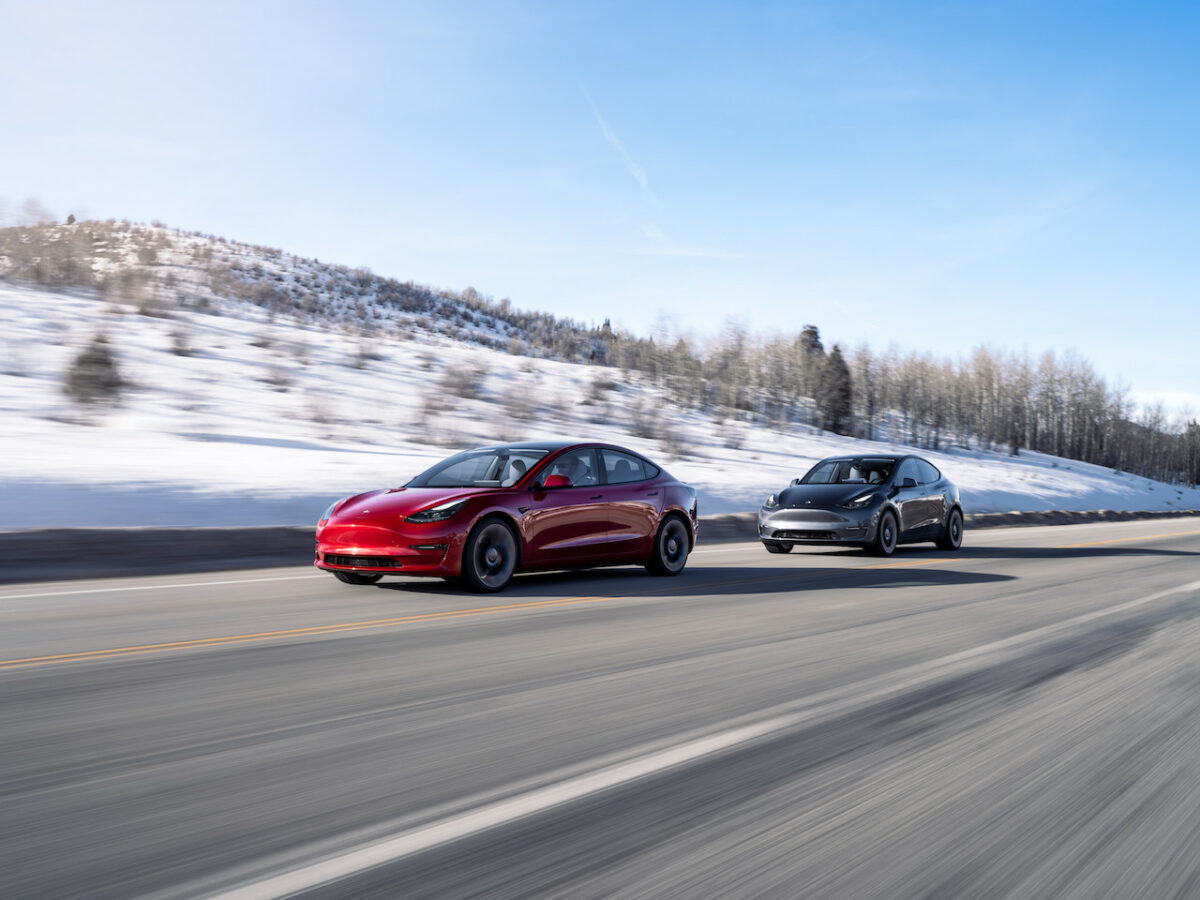Without considering the varied environmental conditions in which EVs will operate, automakers could be providing misleading range specs. By Will Girling
While range anxiety is still a factor holding back some consumers from purchasing an electric vehicle (EV), automakers have managed to make significant progress addressing the issue. The average industry range is now around 300 miles, with some premium models—such as the Mercedes-Benz EQS Saloon, Polestar 2, and Porsche Taycan 4S—reaching or exceeding 400 miles.
In a November 2023 report, S&P Global Mobility found that range had largely been supplanted by affordability as customers’ top concern. Although 62% of those it surveyed were still “waiting until vehicle technology improves before purchasing a new car”, less than one-third (29%) stated they would only be satisfied with a minimum range of 300 miles.
But what if the range specs provided by automakers aren’t totally reliable? “These are usually generated from combining city and highway driving under ‘ideal’ conditions,” says Lasse Lumiaho, Product Manager of Road Weather at measurement technology company Vaisala. This makes sense from a business perspective, yet EVs’ sensitivity to range fluctuations could lead to negative customer outcomes depending on the territory in which they live.
EV batteries: the ‘Goldilocks’ principle
Lumiaho explains to Automotive World that discrepancies between factory spec and real-world EV range are primarily because of the electric powertrain’s energy efficiency. “A gasoline engine is only about 25% efficient and diesel is 40%, but an EV can be up to 95%. This means that when environmental conditions affect performance, it’s comparatively very noticeable.” Having identified this problem, an unnamed OEM came to Vaisala for a solution.
Several conditions must be considered and measured during testing to determine an EV’s range: vehicle construction, driving style, traffic and road topography, and weather. All of these can distort true range potential. Traditionally, automakers have either developed their own data models in accordance with their vehicle’s specs or used data from public institutions like the US Environmental Protection Agency. However, the industry never previously had a dataset combining atmospheric weather with real-time road conditions.
As such, Vaisala homed-in on weather as holding the greatest potential for creating a new data model. The company subsequently worked with the automaker to develop a new data offering containing information about weather factors that could cause an EV to use more energy in operation. These were temperature (solar radiation and air), aerodynamics (wind speed and direction and air density), and rolling resistance (water or snow on the road).
EVs, states Lumiaho, follow a ‘Goldilocks’ principle of operation: the conditions need to be ‘just right’ to extract optimal performance. The effects of both overly cold or hot conditions, particularly on lithium-ion batteries, are well understood; he notes that air temperature alone can sap away up to 40% of an EV’s basic range spec. However, this can rise to 75% if roads are snowy and experiencing high winds.
Without understanding how different regions’ weather will impact EV performance, automakers risk restricting their adoption to countries and areas with clement conditions only. In a global race to decarbonise the automotive industry, Lumiaho believes that incorporating weather data into EV R&D and on-road range predictions can help mitigate range anxiety and build better, more reliable products.
Removing uncertainty
Vaisala’s goal was to provide a unique weather dataset its clients could use for improving on-road range predictions. The scale of input required proved ambitious: “It all starts with the global cooperation of governments collecting weather measurements,” says Lumiaho. “Radars, satellites, land-based stations, and airplanes all gather atmospheric data.” This is combined with local numeric weather predictions for each country and commercial data fusion carried out by private companies to improve accuracy and reduce latency. Vaisala then adds a separate road weather model—taking into account factors like road curvature, seasonal road conditioning, and traffic—using the atmospheric data as an input.
Lumiaho states that the total data offering provides automakers with the output necessary for testing and predicting an EV’s range accurately. “Before using it, they would generally find error margins of 10% or more.” But by bringing together all that weather, road, and vehicle data, he claims that on-road range predictions during testing can become practically error free in most instances, save for completely unpredictable traffic incidents.
Using our data, we can remove uncertainty from so many automotive applications
He adds that multiple OEMs and navigation technology companies have started using the dataset since the project’s inception. While Vaisala is only helping in one regard, Lumiaho opines that more accurate range specs will have a large impact on the progression of e-mobility. By fully utilising weather data, automakers can increase people’s trust in EV technology and even customise their global sales strategies based on regional driving conditions.
“People usually think of weather information as just something they get from TV or smartphone apps, but that’s not the full story. When you think about it, measuring the weather actually provides us with a reliable prediction of the future.” The benefit of this data goes beyond EVs. In July 2024, Vaisala partnered with BMW to provide drivers with real-time air quality data in some models, helping them avoid polluted areas and adjust indoor airflow to mitigate health risks. Looking ahead, highly accurate weather data could also help improve autonomous vehicle functionality or even enhance simulators for training self-driving systems. “Using our data, we can remove uncertainty from so many automotive applications,” Lumiaho concludes.

